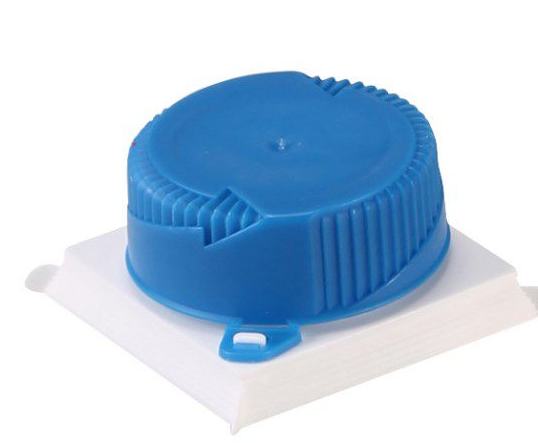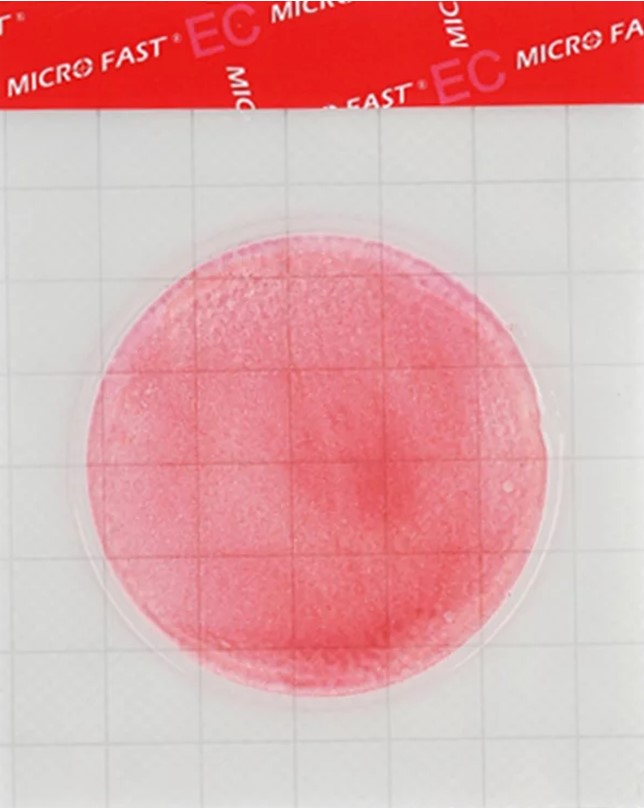An expert from the Bryansk Testing Laboratory spoke about dictyocaulosis in small and large cattle

Dictyocaulosis is a seasonal (summer-autumn), sometimes enzootic disease mainly in calves 3-7 months of age, lambs, less often in adult animals. it is manifested by attacks of painful cough with characteristic symptoms of catarrhal bronchopneumonia. Sheep, goats, cattle , horses, camels, zebu, bison, bison, reindeer are sick. Dictyocaulosis is caused by nematodes of the family. Dictyocaulidae: Dictyocaulus filaria, which parasitizes small ruminants, and Dictiocaulus viviparus, which lives in cattle .
Symptoms of the disease:
Symptoms of the disease develop gradually, the degree of their severity depends on the source of infection and the condition of the animal's body. At first, patients develop a weak cough, which, as bronchitis develops, intensifies and becomes painful. From the nostrils, serous-mucous discharges stand out, breathing becomes difficult. Under the influence of helminths, bronchial epithelial cells are destroyed and bacterial microflora develops in this environment, bronchopneumonia occurs.
Ways and sources of infection with dictyocaulosis:
Nematodes lay their eggs in the bronchi of animals, eggs with bronchial mucus are transferred to the animal's oral cavity and swallowed. In the intestines, the eggs hatch into larvae and are excreted along with the feces. Animals become infected by ingesting the larvae in pastures with grass and during watering. The start of the incidence occurs in spring - early summer, and the peak - in the middle of the warm season until October.
Sources of infection are mainly adult animals, in which the invasion is most often asymptomatic. The danger in re-infestation of animals is the joint use of pastures for adults and young animals. Often, the source of infection in stall keeping is fed green grass, cut in meadows and fields that are unfavorable for invasion.
It is important that with the onset of autumn cold weather, dictyocauluses temporarily stop producing eggs (sexual depression sets in). In addition, with good fatness and high resistance, autumn infection in animals proceeds hidden. In this case, the larvae settle in the lymph nodes along the path of migration and fall into a "dormant" state. In the spring, with a decrease in immunity, the larvae break through natural barriers, penetrate the lungs and cause symptoms of the disease.
Prevention and methods of struggle:
For the prevention and elimination of dictyocaulosis, it is necessary to carry out a set of measures aimed at the destruction of helminths in the animal's body, as well as in the external environment. These include therapeutic and prophylactic deworming, pasture and chemical prophylaxis, and general sanitary measures aimed at strengthening the animal's body.
Young growth is recommended to be examined for the first time 45-50 days after pasture, then every 15 days until the end of the pasture season. When a disease is detected, animals are dewormed and transferred to a stall.
Specialists of the Department of Bacteriology of the Bryansk Testing Laboratory of the FGBI "ARRIAH" use the methods of intravital and post-mortem (post-mortem) diagnostics in order to detect and identify the causative agents of dictyocaulosis. In vivo, the disease is diagnosed when dictyocaulus larvae are found in fresh feces taken from the animal's rectum. The post-mortem diagnosis is established upon detection of helminths in the bronchi and trachea.
Read together with it:
- Низкое предложение и устойчивый спрос: в Аргентине растут цены на мясоЦены на говядину снова выросли, что отразилось на полках супермаркетов и в мясных магазинах. За последние две недели розничные цены выросли на 8–12%, а на некоторые популярные отрубы рост превысил 15% по сравнению с октябрем. Тем не менее, продажи остаются высокими: потребители продолжают покупать, принимая новые цены и закрепляя тенденцию, которая повторяется каждый год в конце года, когда спрос ...
- Колумбия: При экспорте скота сертификация и прослеживаемость больше не являются необязательнымиВысококачественное животноводство, особенно при экспорте, требует сертификации и прослеживаемости. Это необходимые условия для выхода и конкуренции на многих международных рынках, а также на некоторых всё более требовательных внутренних рынках. Колумбийское животноводство не является исключением из этих правил, и, хотя предстоит ещё многое сделать, всё большее число ферм и компаний внедряют эти ме...
- Смоленская область — лидер России по производству крольчатиныВ интервью «Агроэксперту» заместитель председателя регионального правительства Алексей Кучумов отметил, что регион достиг самодостаточности по таким продуктам, как яйца, мясо и картофель, превышая уровень 100%. Кроме того, Смоленская область занимает первое место по посевным площадям льна, а также активно развивает молочное животноводство, с общим поголовьем более 1......
- Лучшие не только по молоку. Какие рекорды поставили в экспериментальной базе имени КотовскогоНовости темы Экспериментальная база имени Котовского известна далеко за пределами Узденщины благодаря высоким показателям, которых из года в год добиваются в хозяйстве. Лучшие результаты в районе агропредприятие показывает как по молоку и зерновым, так и по сахарной свекле. Страда этого года, проходившая не в самых простых погодных условиях, также стала рекордной. Хлеб – всему голова Весна 2.........
- Agricultural organizations in Kabardino-Balkaria increased meat production by almost 20%.Over the first nine months of this year, agricultural organizations in Kabardino-Balkaria increased livestock and poultry production (for slaughter, live weight) by almost 20 percent compared to the same period in 2024. In physical terms, production in this category of agricultural producers amounted to 37,6......




























































